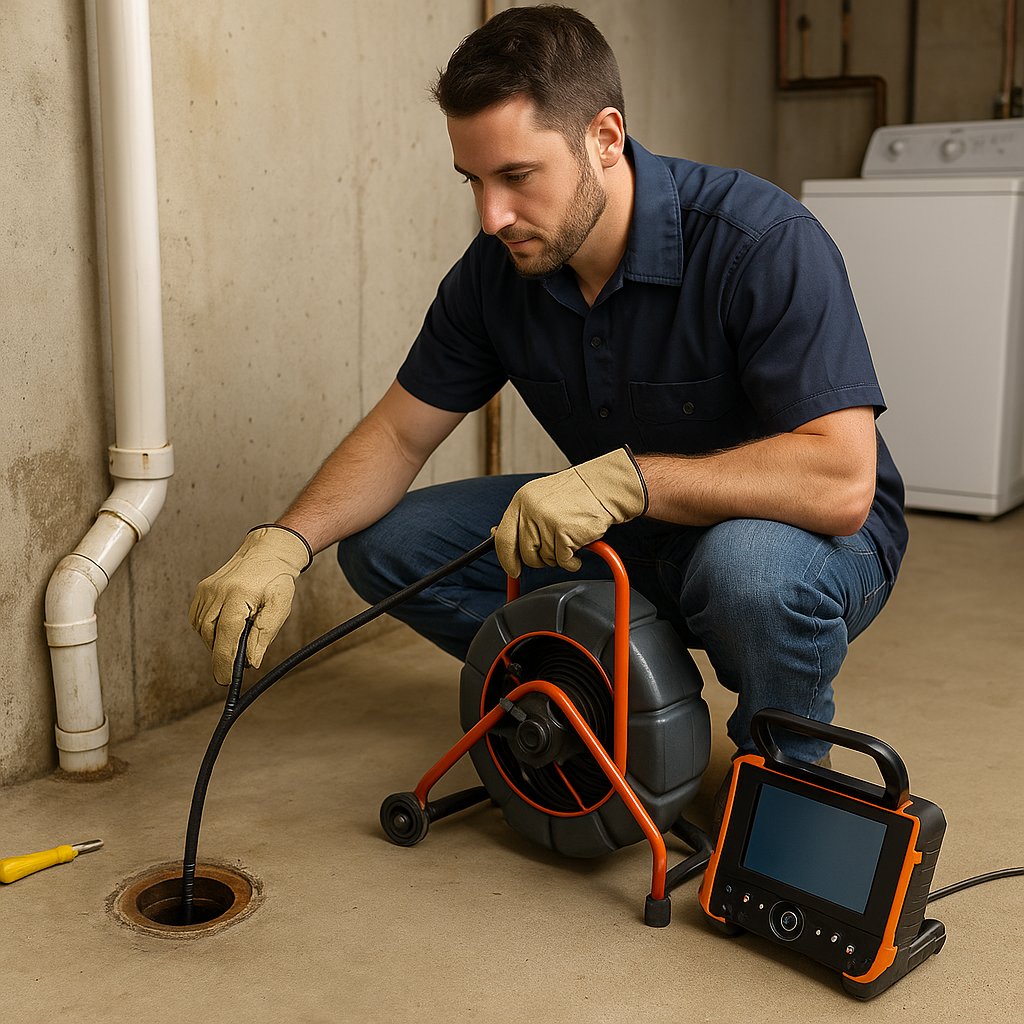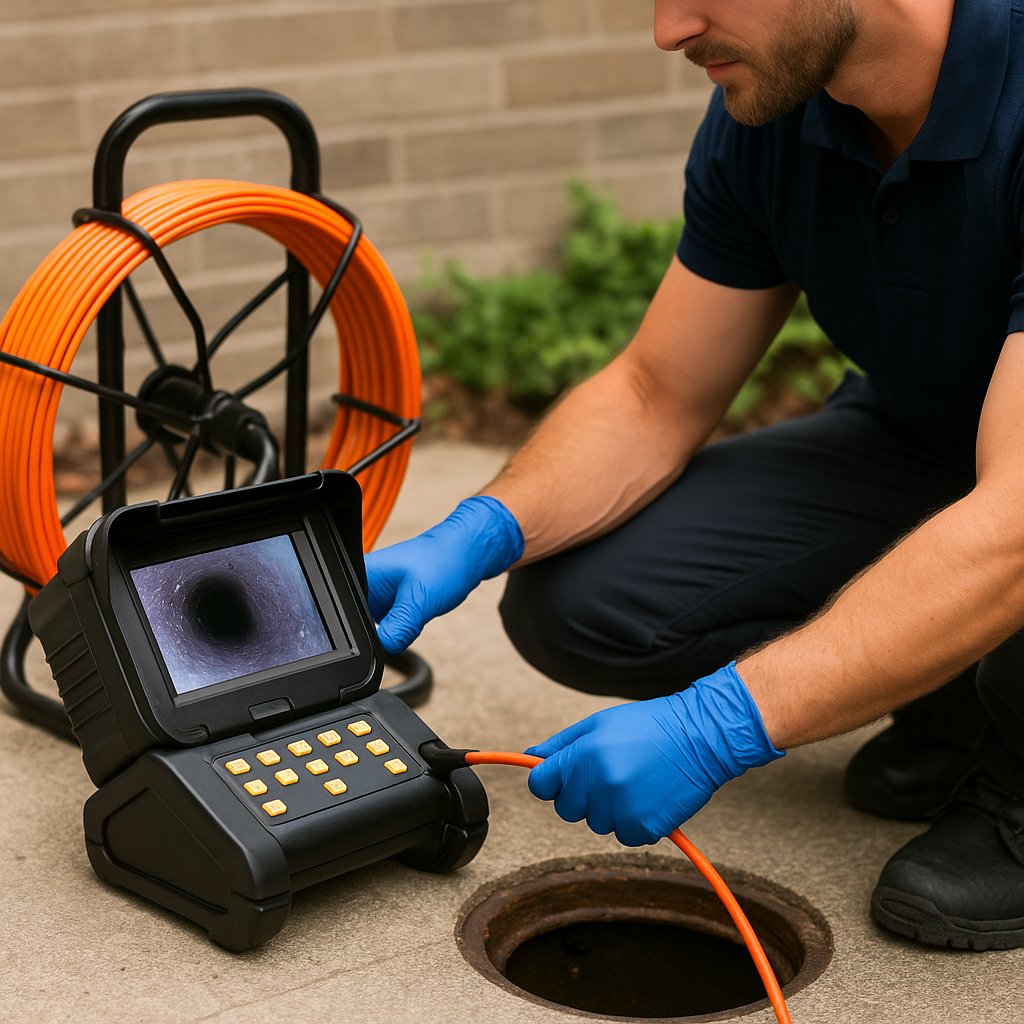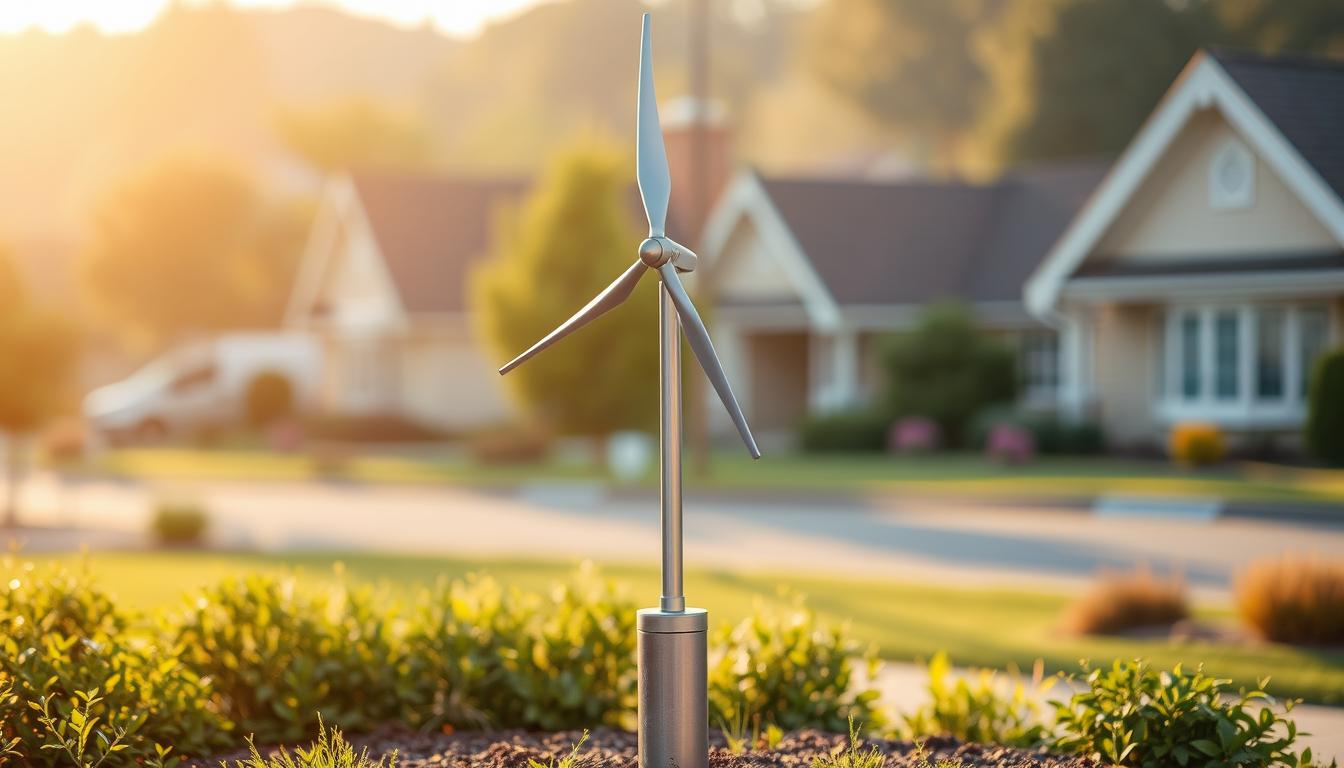See inside drains and sewer lines without guesswork. This guide explains how sewer inspection cameras work, which specs really matter, and how to choose a system that fits your space, skills, and workload—without deep dives into individual models.

What a sewer inspection camera actually does
Instead of guessing why a drain is slow or a main line keeps backing up, a sewer inspection camera lets you look inside the pipe. A waterproof camera head rides the line, lighting the path with LEDs and feeding footage to your monitor or phone. You can spot tree root intrusion, collapsed clay tile, separated joints, grease buildup, or foreign objects—then pick the right fix the first time. For homeowners, it’s peace of mind and better conversations with a contractor. For professionals, it’s a faster diagnosis, clearer quotes, and documentation clients understand.
Anatomy of a system
Most kits, from compact endoscopes to pro reels, include the same core parts:
- Camera head: A small waterproof module with a protective window (often tempered glass or sapphire), a fixed-focus lens, and integrated LEDs. Some heads include a transmitter (sonde) so you can locate them underground.
- Push cable / reel: Semi-rigid to navigate bends without kinking. Length ranges from ~30 ft (compact scopes) to 200 ft+ (pro reels).
- Display: Either a built-in LCD (7–10″) or your phone/tablet via Wi-Fi. Many systems record to SD/USB or app storage.
- Power: Rechargeable battery or AC adapter. Pros sometimes carry both.
- Skids & guides: Clip-on rings to center the lens and glide over debris, reducing scratches and keeping the view clean.
Specs that matter (plain-English)
Cable length & stiffness
Length: For typical single-family homes, 65–100 ft covers most mainline inspections from a cleanout. Multi-unit, long laterals, or frequent cleanouts may justify 150–200 ft. Stiffness: Too flexible and it bunches; too stiff and it struggles with tight bends. Mid-stiff push cables tend to be the easiest to learn on.
Resolution & lens protection
Resolution: 1080p is a sensible baseline for identifying cracks, offsets, roots, and debris. Lens window: Tempered glass or sapphire is more scratch-resistant than plastic. Keep a couple of spare windows or protective caps if your system allows them.
LED illumination & exposure control
Adjustable LEDs are crucial. Pipes can be reflective, murky, or both. Being able to dim or brighten on the fly prevents blown-out highlights and dark corners. Some displays add simple exposure compensation or HDR-like processing—nice to have, not mandatory.
Recording & file handling
Recording to SD/USB or a phone app is useful for quotes, insurance claims, or property reports. Bonus features: on-screen distance counters, timestamps, and easy export to share links with clients.
Locator (sonde) & receiver
A 512 Hz transmitter in the camera head lets a compatible handheld receiver pinpoint its position and depth from above ground. If you expect to dig, this is the single most valuable upgrade you can buy.
Power, portability & durability
Internal batteries make quick calls easier; AC adapters suit long sessions. Look for reels that can take bumps and have accessible wear parts (skids, windows). A padded case or rack-mount frame protects gear in the van.
Real-world use cases
Home plumbing checks
Slow sinks and tubs, recurring clogs, or basement smells are common reasons to scope a line. A compact Wi-Fi endoscope handles short branch drains; a dedicated 65–100 ft reel is better for mainline inspections through a cleanout. Recording a clip makes it easier to decide whether to jet, snake, or call a pro.
Buying, selling, and rental properties
Pre-sale inspections that include a sewer scope help avoid surprises after closing. Rentals benefit too—footage simplifies repair authorization and budget approvals, especially with older clay or cast-iron lines.
Pro plumbing and maintenance work
Professionals rely on cameras to confirm blockages, verify cleaning, map line paths, and document repairs. Features like distance counters, DVR, and sondes reduce callbacks and speed up quoting.

How to choose (home vs. pro)
For homeowners
- Scope of work: Mostly sinks and short branch lines? A compact Wi-Fi endoscope can be enough. Expect mainline issues? Choose a dedicated system with a 65–100 ft push cable and a 7–9″ display.
- Clarity: Aim for 1080p and adjustable LEDs. You’ll spot hairline cracks and root fibers more reliably.
- Recording: SD/USB or app capture keeps a record for pros, landlords, or insurers.
- Storage & weight: Smaller homes appreciate compact reels and padded cases you can carry easily.
For professionals
- Duty cycle: Rugged reels, stainless heads, and replaceable wear parts pay off quickly.
- Documentation: DVR, on-screen distance counters, and annotation streamline quoting and reduce disputes.
- Locator: A 512 Hz sonde + receiver combo makes excavations precise. It’s standard kit for serious line work.
- Training & fleet: Standardize across teams to reduce learning curves and spare-parts chaos.
Setup, safety, and first run
- Prep the cleanout: Clear room for the reel and monitor. Lay down towels or a tray.
- Power & test: Charge batteries or plug in. Verify LEDs, video, and recording with a quick bench test.
- Fit a skid: Centering the lens improves clarity and reduces scratches from grit.
- Feed slowly: Let the head lead. Gentle pressure and slight rotation help navigate elbows.
- Tune LEDs: Bright isn’t always better. Reduce glare; aim for detail in both shadows and highlights.
- Document: Record key segments, mark distances, and—if equipped—use your locator to map depth and position.
Care, maintenance & troubleshooting
After each session
- Rinse the head and cable; wipe dry to prevent corrosion and odor.
- Inspect the lens window and cable jacket for scratches or nicks.
- Charge batteries and back up files; label recordings by address/job.
Common issues & quick fixes
- Blurry image: Clean the lens; reduce LED brightness; check for a scratched window.
- Washed-out highlights: Dim LEDs or shade the area around the cleanout to cut reflections.
- Can’t make a bend: Retract slightly, rotate cable, add a smaller skid, or approach from another access point.
- No video feed: Reseat cables/SD card, try a short test segment, confirm battery health.
Quick answers (FAQ)
What cable length should I start with?
Most homes are well served by 65–100 ft. Long laterals or multi-unit properties often need 150–200 ft.
Do I need a locator?
If digging is on the table, yes. A sonde/receiver combo helps you mark the exact spot and depth before cutting concrete or lawn.
Are phone-based cameras good enough?
For short branch lines and quick checks, yes. For mainline work, a dedicated reel with a proper push cable is much easier to control and review.
Can a camera clear clogs?
No—cameras diagnose. Use snaking, jetting, or cutting tools after you confirm the blockage.
About brands (without the rabbit hole)
The market changes quickly and each brand may offer several lines at different price tiers. You’ll often see names like RIDGID, Depstech, Anysun, Teslong, HBUDS, Forbest, and VEVOR. Rather than chasing model numbers, match the job to the specs: cable length, image clarity, recording, and whether a locator matters for your work.
Ready to see what’s really inside your line?
Pick a system based on reach, clarity, and whether you need a locator—then document your findings for smarter fixes.
Browse Sewer Inspection Cameras
Leave a Reply